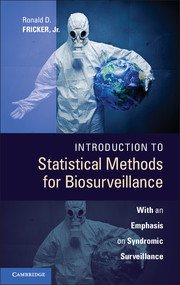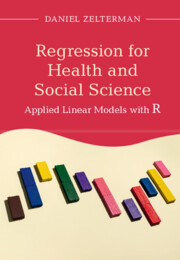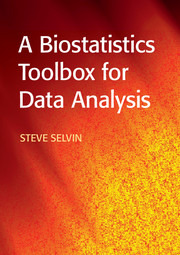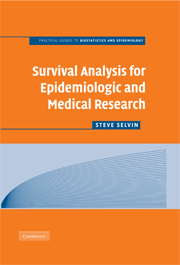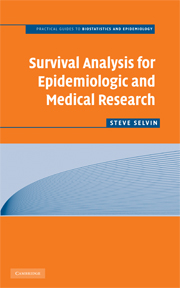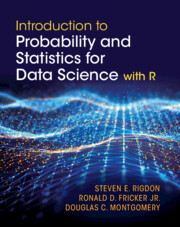Introduction to Statistical Methods for Biosurveillance
Bioterrorism is not a new threat, but in an increasingly interconnected world, the potential for catastrophic outcomes is greater today than ever. The medical and public health communities are establishing biosurveillance systems designed to proactively monitor populations for possible disease outbreaks as a first line of defense. The ideal biosurveillance system should identify trends not visible to individual physicians and clinicians in near-real time. Many of these systems use statistical algorithms to look for anomalies and to trigger epidemiologic investigation, quantification, localization and outbreak management. This book discusses the design and evaluation of statistical methods for effective biosurveillance for readers with minimal statistical training. Weaving public health and statistics together, it presents basic and more advanced methods, with a focus on empirically demonstrating added value. Although the emphasis is on epidemiologic and syndromic surveillance, the statistical methods can be applied to a broad class of public health surveillance problems.
- The only basic introduction to public health surveillance and statistics on the market
- Offers a rigorous yet accessible treatment of the material
- Requires minimal statistical training and written with an accessible jargon-free style
Product details
March 2013Adobe eBook Reader
9781107330559
0 pages
0kg
143 b/w illus. 3 maps 30 tables
This ISBN is for an eBook version which is distributed on our behalf by a third party.
Table of Contents
- Part I. Introduction to Biosurveillance:
- 1. Overview
- 2. Biosurveillance data
- Part II. Situational Awareness:
- 3. Situational awareness for biosurveillance
- 4. Descriptive statistics for displaying the situation
- 5. Statistical models for evaluating the situation
- Part III. Early Event Detection:
- 6. Design and performance evaluation
- 7. Univariate temporal methods
- 8. Multivariate temporal methods
- 9. Spatio-temporal methods
- Part IV. Putting It All Together:
- 10. Simulating biosurveillance data
- 11. Applying the temporal methods to real data
- 12. Comparing methods to better understand and improve
- 13. Frontiers, open questions, and future research.

